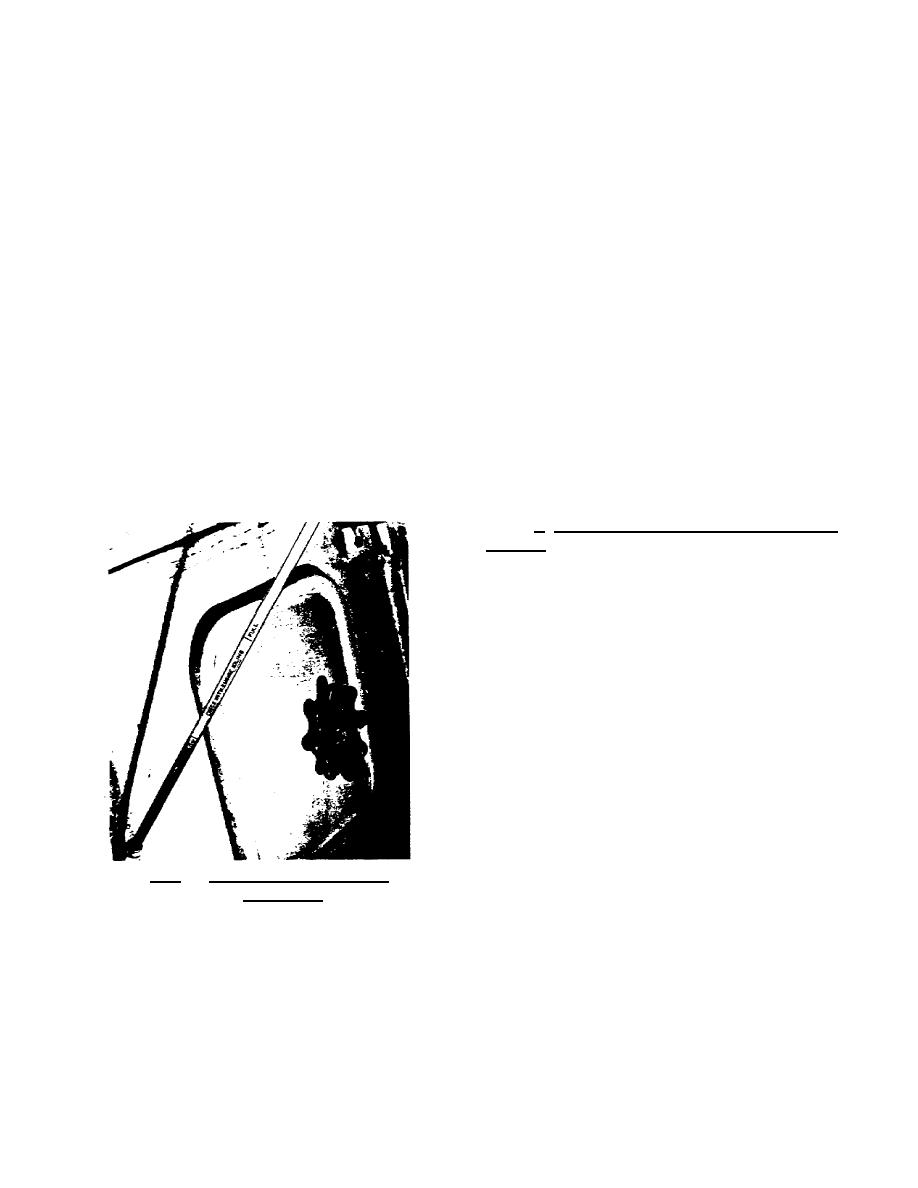
Although the weight of dieselelectric locomotives ranges upward from
25 tons and their horsepower from 150, the same general preventive
maintenance procedures apply to all of them. Some of the important
preventive maintenance checks on dieselelectric locomotives are discussed
in this section; however, they are not allinclusive. No satisfactory
substitute has ever been found for commonsense; no conscientious equipment
operator or inspector limits his inspection to any set checklist. He is
constantly alert for any defects in his equipment and for any sign that
leads him to believe it may be developing defects. For example, if a
locomotive engineer observes a defective electric wire, he would not attempt
to operate his locomotive until the defect has been checked thoroughly and
any necessary repairs made. The checkpoints given here are only a guide to
good preventive maintenance. The five paragraphs to follow discuss the oil,
water, fuel, air pressure, and commutator checkpoints to be inspected. Then
the next three paragraphs, in turn, discuss the engine overspeed trip, the
ground relay, and the end receptacles.
2.
10. OIL CHECKPOINTS
The oil level in the diesel engine and the pressure of that oil must
be checked as well as the oil level in the engine governor and in the air
compressor. Details are given in the subparagraphs following.
a. il level in the diese
O
l
engine. Check the oil level in the
diesel engine by using the bayonet
shaped dipsticks located on either
side of the engine. The location
and markings on one of the
dipsticks are shown in figure 2.6.
When the engine has been stopped
for 30 minutes or more, most of the
oil will have drained to the bottom
of the engine; at that time, the
oil level shown on the dipstick
should be above the full mark.
With the engine idling, the oil is
hot and circulating through the
engine, and a reading taken at that
time should show the oil level on
the dipstick between low and full.
Figure 2.6. Engine Lubrication
Dipstick.
19



 Previous Page
Previous Page
